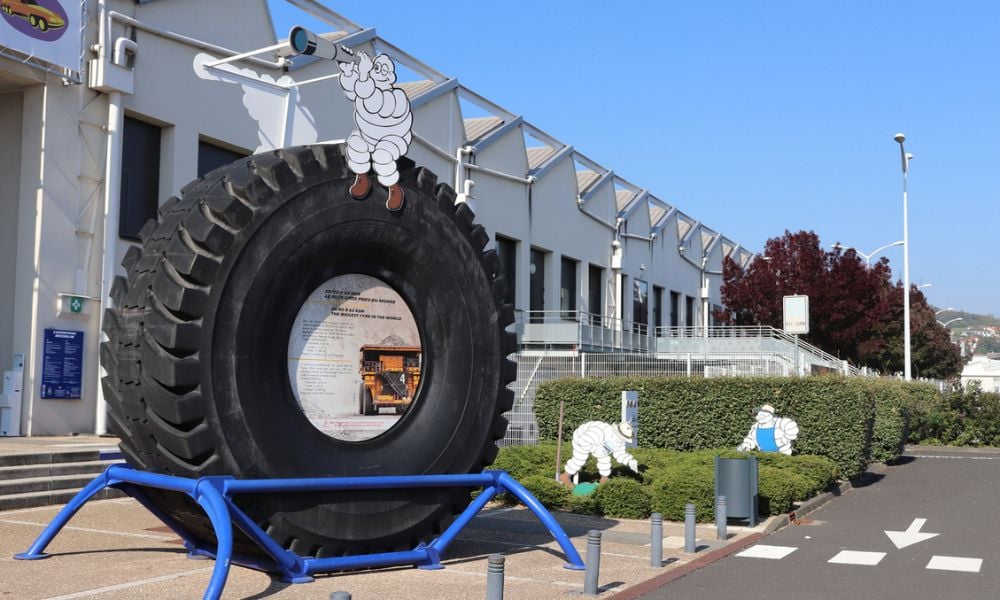Successful HR professionals manage human capital the same way organizations monitor their finances

Your organization’s chief financial officer might have a lesson for you.
Just as they keep a close eye on your company’s financial capital, HR should be monitoring and managing human capital to reach its full potential.
If you’re not driving success by employees, your business’ success will be hobbled, says Cristina Goldt of Workday, a leading provider of enterprise cloud applications for finance and human resources.
It’s more important than ever for HR to understand their workers – what motivates and engages them, and keeps them content at your company – which is why organizations are increasingly adopting HRIS and using data and analytics to measure human capital.
“If they are engaging with their organization and the work, then really that leads to what we see as business outcomes: it drives productivity when people are engaged,” Goldt says.
“Thinking about financial capital versus human capital, ultimately organizations are trying to drive ... successful outcomes. It’s taking that look at putting people at the centre and realizing that that’s how you drive the outcomes.”
As HR professionals increasingly focus on pairing the right person with the right job, it’s important to know both their skills and interests, and where any such gaps lie in your organization.
“You know that someone is applying for a job and what jobs they’re applying for, so what their interests are. Then when they come on board, who they’re connected to,” Goldt says.
Using an HRIS, industry professionals can map employees’ journeys – including where further development is needed, and who might be the best fit for a future promotion or leadership role.
“Because we know what their journey is, what they’ve been doing at their organization, how they’ve been developing and building up those skills, building up experience, it really allows for a much richer experience for them, first of all, because they can see the impacts of what’s happening, but also for organizations to plan better.
“Because of the richness of that data, you can then figure out: how do I develop the right skills in my organization for a number of things; how do we make sure we have the right skills for the strategies that we’re trying to develop; how do we develop people so that they stay in our organization so we’re keeping top talent; what are their interests, so that as jobs open that, so that we have a rich and vibrant culture of mobility; as jobs open up, who is interested in these roles?
“You might not know that it’s somebody right next door that has a certain skill set that’s the very perfect person to fill in the next role.”
Workday’s technology was designed to put people at its centre, across workforce planning, recruiting and talent management functions.
“It is about knowing everything about people and knowing about them in their career, your organization, what they’re doing – making all the connections to understand how everybody can do their best work, and how you can do your best as an organization.”
Related stories:
Designing an HRIS to support globalization
Are your workers underutilized? How to tap into their potential
Want the latest HR news direct to your inbox? Sign up for HRD Canada's daily newsletter.
Just as they keep a close eye on your company’s financial capital, HR should be monitoring and managing human capital to reach its full potential.
If you’re not driving success by employees, your business’ success will be hobbled, says Cristina Goldt of Workday, a leading provider of enterprise cloud applications for finance and human resources.
It’s more important than ever for HR to understand their workers – what motivates and engages them, and keeps them content at your company – which is why organizations are increasingly adopting HRIS and using data and analytics to measure human capital.
“If they are engaging with their organization and the work, then really that leads to what we see as business outcomes: it drives productivity when people are engaged,” Goldt says.
“Thinking about financial capital versus human capital, ultimately organizations are trying to drive ... successful outcomes. It’s taking that look at putting people at the centre and realizing that that’s how you drive the outcomes.”
As HR professionals increasingly focus on pairing the right person with the right job, it’s important to know both their skills and interests, and where any such gaps lie in your organization.
“You know that someone is applying for a job and what jobs they’re applying for, so what their interests are. Then when they come on board, who they’re connected to,” Goldt says.
Using an HRIS, industry professionals can map employees’ journeys – including where further development is needed, and who might be the best fit for a future promotion or leadership role.
“Because we know what their journey is, what they’ve been doing at their organization, how they’ve been developing and building up those skills, building up experience, it really allows for a much richer experience for them, first of all, because they can see the impacts of what’s happening, but also for organizations to plan better.
“Because of the richness of that data, you can then figure out: how do I develop the right skills in my organization for a number of things; how do we make sure we have the right skills for the strategies that we’re trying to develop; how do we develop people so that they stay in our organization so we’re keeping top talent; what are their interests, so that as jobs open that, so that we have a rich and vibrant culture of mobility; as jobs open up, who is interested in these roles?
“You might not know that it’s somebody right next door that has a certain skill set that’s the very perfect person to fill in the next role.”
Workday’s technology was designed to put people at its centre, across workforce planning, recruiting and talent management functions.
“It is about knowing everything about people and knowing about them in their career, your organization, what they’re doing – making all the connections to understand how everybody can do their best work, and how you can do your best as an organization.”
Related stories:
Designing an HRIS to support globalization
Are your workers underutilized? How to tap into their potential
Want the latest HR news direct to your inbox? Sign up for HRD Canada's daily newsletter.





